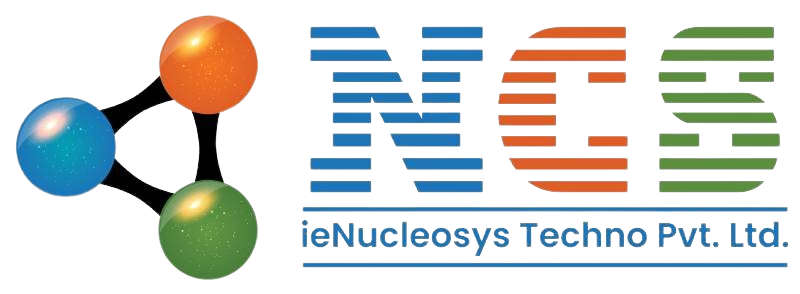 In the ever-evolving digital landscape, optimizing your website for search engines is not a luxury—it’s a necessity. On-page SEO is one of the most effective ways to boost visibility, improve search rankings, and deliver a stellar user experience. In this comprehensive guide, we’ll share some essential Tips & Tricks For On Page SEO that can significantly enhance your website’s performance in 2025 and beyond.
In the ever-evolving digital landscape, optimizing your website for search engines is not a luxury—it’s a necessity. On-page SEO is one of the most effective ways to boost visibility, improve search rankings, and deliver a stellar user experience. In this comprehensive guide, we’ll share some essential Tips & Tricks For On Page SEO that can significantly enhance your website’s performance in 2025 and beyond.
What is On Page SEO?
On-page SEO refers to the practice of optimizing individual web pages to rank higher and earn more relevant traffic in search engines. It involves both content and HTML source code elements, unlike off-page SEO, which deals with external signals like backlinks.
Mastering on-page SEO ensures that your website is structured in a way that search engines can understand, interpret, and rank effectively.
Why On Page SEO Matters in 2025
Search engines like Google are becoming smarter. They no longer rely solely on keywords; instead, they analyze the context, intent, and quality of your content. That’s why it’s crucial to implement strong Tips & Tricks For On Page SEO that align with modern algorithms and user expectations.
Key reasons why on-page SEO is crucial:
-
Improves search engine visibility
-
Boosts organic traffic
-
Enhances user experience
-
Increases dwell time and reduces bounce rate
Essential Tips & Tricks For On Page SEO
Let’s explore some actionable and proven strategies to optimize your content and structure for better rankings.
1. Craft Keyword-Rich Titles and Meta Descriptions
Your page title and meta description are the first things users see in the search results. Make them compelling, clear, and keyword-focused.
Tips:
-
Keep titles under 60 characters
-
Include your main keyword (e.g., Tips & Tricks For On Page SEO) naturally
-
Make meta descriptions informative and under 160 characters
2. Use Header Tags (H1, H2, H3) Strategically
Proper use of header tags helps search engines understand the structure of your content and improves readability for users.
Best Practices:
-
Use one H1 tag for the main title
-
Break content into sections with H2 tags
-
Use H3s for sub-sections or lists
3. Optimize Your Content for Readability
A high readability score increases the chances of user engagement and content sharing. Short paragraphs, bullet points, and simple language are key.
Pro tips:
-
Use transition words for smooth flow
-
Aim for sentence length under 20 words
-
Keep paragraphs under 4 lines
4. Use Internal and External Links
Linking to other pages within your website (internal linking) and to credible sources outside your website (external linking) strengthens your SEO.
Suggestions:
-
Link to related blog posts or services
-
Use descriptive anchor text
-
Avoid over-linking—2–5 internal links per 1000 words is ideal
5. Improve Page Loading Speed
Site speed is a confirmed Google ranking factor. A slow-loading site increases bounce rate and hurts SEO performance.
Ways to improve speed:
-
Compress images without losing quality
-
Minimize CSS, JavaScript, and HTML
-
Use browser caching and a reliable hosting service
6. Optimize Images with Alt Text
Images can drive additional traffic from Google Image Search if properly optimized.
Best practices:
-
Use descriptive, keyword-rich file names
-
Add alt text that describes the image accurately
-
Reduce image file size for faster loading
7. Ensure Mobile Responsiveness
With mobile devices accounting for over half of all web traffic, responsive design is non-negotiable.
Checklist:
-
Test site on different devices and screen sizes
-
Use mobile-friendly fonts and buttons
-
Avoid pop-ups that interfere with navigation
8. Write High-Quality, Original Content
Content is still king. Search engines prioritize in-depth, original content that satisfies user intent.
Tips for creating quality content:
-
Address common user questions and problems
-
Provide value through tips, guides, or examples
-
Avoid fluff and repetition
9. Focus on User Engagement Signals
Engagement metrics like click-through rate (CTR), time on page, and bounce rate impact your SEO.
How to boost engagement:
-
Add multimedia like videos, infographics, or images
-
Include clear CTAs
-
Make navigation intuitive and friction-free
Common On Page SEO Mistakes to Avoid
-
Keyword stuffing: Use keywords naturally and avoid overuse
-
Duplicate content: Always create original content for each page
-
Missing alt attributes: Every image should have descriptive alt text
-
Broken links: Regularly check and fix dead links
-
Neglecting updates: Keep your content fresh and relevant
Final Thoughts
The landscape of SEO is always changing, but the fundamentals of on-page optimization remain solid. By implementing these Tips & Tricks For On Page SEO, you can improve your visibility, offer a better experience to your audience, and boost your search engine rankings.
Whether you’re a blogger, business owner, or digital marketer, mastering on-page SEO is your gateway to online success in 2025.
